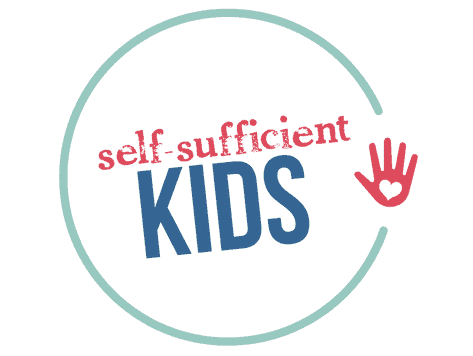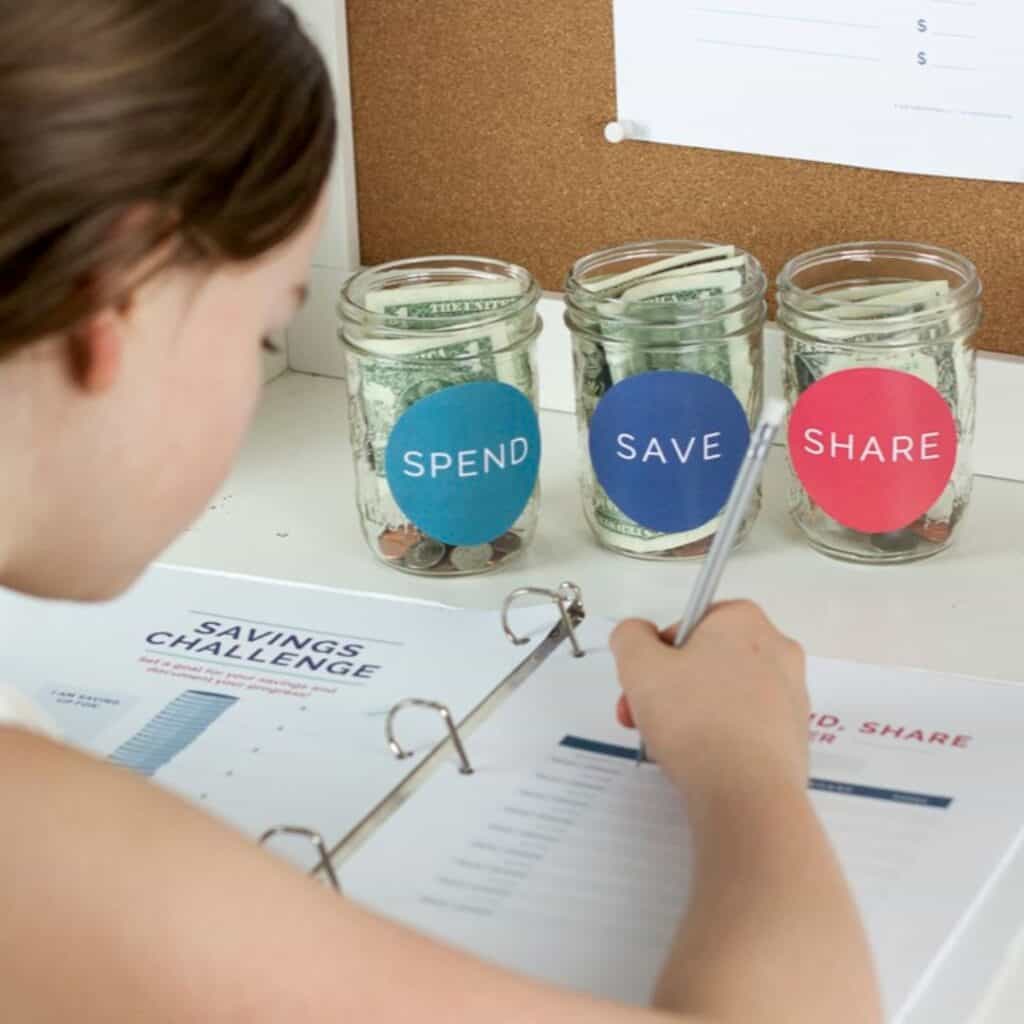9 Things You Should Stop Paying for Once Your Kids Have an Allowance
When your kids get an allowance they should also be given the responsibility to pay for more things on their own.

Two years ago, I decided our family needed a change.
Every time we walked into a store, my girls – and especially the youngest – would begin asking for anything and everything in sight:
“Mom, can we get this Frozen indoor bowling set ?” Me: “No.”
Next aisle: “How about this glow-in-the-dark silly putty?” Me: “No” (thinking back to the glitter orange putty that stuck to our living room carpet)
And then in the checkout lane: “What about this?”, holding up a mini Magic 8 ball. Me: “I don’t think so – and do you even know what that is?”
You get the picture.
While I have no problem saying “No” to my kids when they asked for cheap plastic toys, not all of their requests were unreasonable. Craft supplies, building toys, and books are things I welcome into the house. But at the same time, I loathe having my kids think of me as a bank account they can withdraw from indefinitely and I wanted the constant pleas to stop.
So I set up an allowance: 50 cents for every year they are old.
I figured giving my kids an allowance would put the burden on them to decide if something was really worth purchasing and also teach them how to manage and budget money. I also made it clear that they are now responsible for buying both the things that they want and some of the things they need.
Toy buying is the most obvious expense parents can hand over to their kids once they are given an allowance, but there are a number of other things parents can stop paying for once kids have their own cash.
Things You Should Stop Paying for Once Your Kids Have an Allowance:
- Toys: This is the most obvious expense your children can now be responsible for. While toys provide kids with entertainment, and some are even educational, toys aren’t essential. You may find that kids use more discretion in which toys they want to buy when the responsibility is on them to pay for them.
- Art and craft supplies: There are endless supplies kids can purchase for art and craft projects. Just like with toys, putting kids in charge of this expense will most likely result in them purchasing what interests them most not just what they want.
- Library Book Fines: My kids love taking out books from the library, but they also have an above-average ability in making them disappear. In order to teach my girls the need to keep track of their library books, it’s now up to them to pay for overdue or lost books.
- Cheap Trinkets – What is it with kids and little do-dads? As we wait in the checkout lane, it seems all the tiny plastic pieces of junk near the cash register have a siren song only small children can hear. While spending a few dollars here and there on these little trinkets seems harmless at the time, the amounts can add up. Now whenever my kids ask if they can get an eraser that looks like an iPhone or a tiny pin with a cute kitten on it, my answer is “You can get it with your allowance.” It’s interesting to see if they still choose to buy the destined-for-the-dump trinket after knowing they must pay for it.
- Souvenirs: While on vacation, it’s nearly impossible to avoid stopping in at least one souvenir shop. And those stores are made with the kid consumer mindset – so many good-for-nothing flashy knickknacks that kids can’t resist. Before going on a trip, have each child count up how much they have in allowance. Rather than taking allowance money with them, just take notes and have your kids pay you back when you get home. A good dilemma kids face at souvenir shops is whether to buy what’s in front of them or save their money to purchase something else later in the trip.
- Book Fairs: Here’s where I find myself in a sticky situation. On the one hand, I want to encourage my kids to read, but with libraries able to supply nearly every book they want, there’s really no need to buy books for my kids. And when it comes to the school book fair – the funds of which support the school – I split the difference. I give my kids a budget to spend at the book fair and have them pay for anything above that amount with their allowance.
- Treats: I’m not big on letting my kids eat a lot of candy or sweets, but if we’re someplace special, like a fair or movie, and they want a treat, this is something they can pay for.
- Clothing: Around age eight, parents can begin to work with kids on staying within a set clothing budget. Make it clear how much the family has budgeted for their clothes. Then when you’re out shopping, talk to your kids about the tradeoffs they need to make by choosing more expensive clothes, for example, or how less expensive clothes can be found at a consignment store. When kids are older, you can increase their allowance by the amount you’ve set aside for their clothes and let them have full control – what to buy and how much. (of course, parents can still nix the too-short shorts or too tight jeans)
- Data plans: If you decide your teen should have a cell phone, let them pay for their monthly data plan. Increase their allowance to the amount you’re willing to spend on data and then let your teen decide if they’re willing to forgo other purchases to have a more expensive plan.
One other tip before you get started: be sure to explicitly tell your kids which things they’re now responsible paying for with their allowance. Pushing the responsibility on them at the store could be a shock that kids aren’t ready to accept.
The Kids Money Management Toolkit has everything you need (except money!) to begin giving your kids an allowance. In addition to guidance and advice, you’ll also receive Save, Spend, and Share jar labels, a Kids Money Ledger, a Savings Challenge Sheet, a Jobs-for-Hire Sheet, and a Kids Allowance Contract. Click here to learn more.
Related:
How to Get Started on Kids Allowance – the RIGHT Way
Kids Won’t Really Understand Money Until You Do This
About the Author

Kerry Flatley is the owner and author of Self-Sufficient Kids. She has a BA in economics, an MBA, a certificate in financial planning, and has been investing ever since she landed her first job. Kerry also has two girls, ages 11 and 13, who have been receiving allowance – and learning money management – for the past five years.

